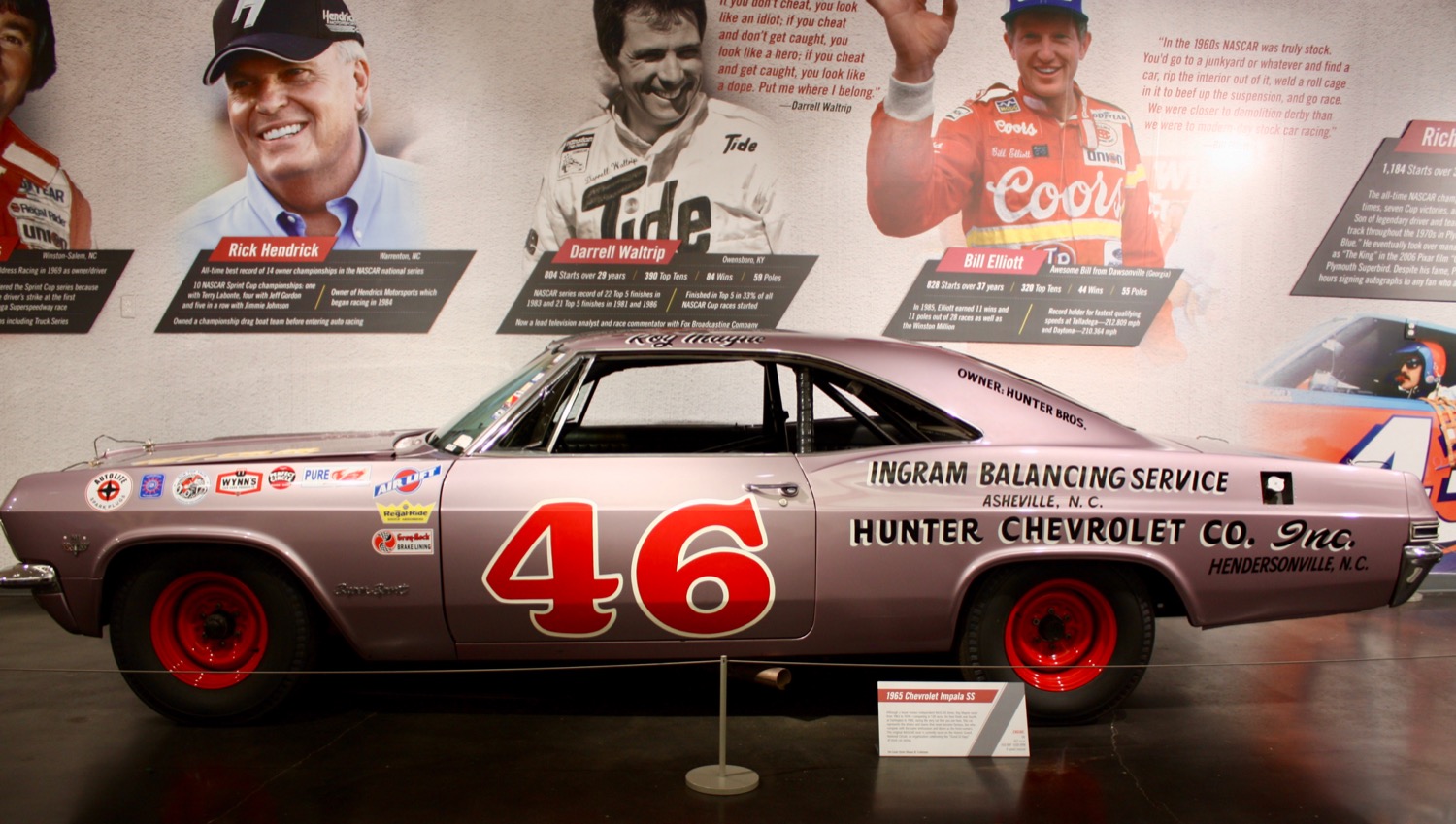
Touring car racing, a form of motorsport, features modified road cars. While the sport shares similarities with other forms of racing, it also has some distinct differences. The vehicles must be of a standard size, but regulations may allow for modifications. Generally, the race involves the most expensive cars in the world, and the goal is to finish in the first place. What makes tour car racing so popular though?
Touring car racing is a popular sport in the UK
Tour car racing uses race cars that are produced from production. The cars compete with similar performance specifications on special race tracks. This sport is well-known in Australia, Europe and the United Kingdom. It involves endurance races lasting between three and 24 hours. The vehicles are usually modified to look like a touring vehicle, but may not be the same as the standard production car.

It comes from production cars
Touring car racing is done using production cars. They aren't as fast as Formula One cars but are very similar to fans' cars. They have less aerodynamic drag that F1 cars and bigger bodies which make it easier to overtake. Many series feature endurance races, lasting anywhere from three to twenty-four hours, to test the endurance of the cars and pit crews. As a result, the series tends to be much more exciting for spectators.
It's a test for endurance
Tour car racing tests endurance. Endurance racing cars are stronger than other types of cars, so durability is an important component of the sport. Many teams finish the race with just one working gear, as they do not have time to swap out parts. In endurance racing, the parts are more heavy and robust and drivers work to conserve as much energy as possible.
It is a test in reliability
Reliability is an important factor in touring car racing, a sport that is known for its high-speed endurance races. Touring cars are typically built to last between three and twenty-four hours. Drivers must constantly make changes to their cars. The reliability of these vehicles is critical to the success of a touring car series, and it is this unique combination of design, manufacturing, and parts management that allows a team to consistently come out on top.
It is a test for pit crews
The key to success in touring car racing pit crews is adaptability. Pit crews have to deal with constant challenges in order to maintain the cars' performance. A simple solution to a problem could be as simple as a hammer or baseball bat. These blunt instruments are great for solving problems, provided they don't cause more damage to the vehicle. Pit crews should perform as efficiently and drivers may be asked to leave the race.

It is an adventurous sport
Tour car racing is a very popular form of auto-racing that can be found in many countries. It is not as exciting as Formula One but it is an adventure sport worth trying. Tour car racing races generally last between three and 24 hours. Racers have the option of customizing their cars by adding racing gear. Standard body shells are used for tour cars. You should not participate in this sport unless you're extremely strong.
FAQ
How quickly can a race car accelerate?
The acceleration rate of a race car will vary depending on its weight.
A lighter car can accelerate faster than a heavier one, for instance.
Which country hosts the most auto races?
USA - Over 100 countries hold car racing. USA has more than 300 car races per year.
Where can race car drivers learn their skills?
Different methods are used to teach race car drivers how to drive. Many learn how to drive a regular vehicle. Then they move on to a simulator. A simulator is like a virtual reality computer game. You can control a vehicle by sitting in a room.
Then you'll take your skills into real life. You'll be taught how to maneuver around corners and turn sharp bends.
After this, you'll be able to compete against other drivers.
How long does a race take?
Different races have different lengths.
You can take part in endurance races for many days.
Other races, like sprint races, are shorter.
Do race car drivers earn money?
Yes. Yes. Many racecar drivers earn a living wage.
But, not all race car drivers earn a large income.
Statistics
- This change may give an improvement of up to 29% fuel efficiency. (en.wikipedia.org)
- According to thepostgame.com, “The Daytona 500 is one of four ‘restrictor plate' races on NASCAR's calendar, given both safety and competitive concerns for the long track and its famous 31-degree banking in its four corners.” (defensivedriving.com)
- Petty has won 200 NASCAR Cup Series races, a likely unbreakable record, along with a series record seven Cup championships. (frontstretch.com)
- In 2009, the slick tires returned as a part of revisions to the rules for the 2009 season; slicks have no grooves and give up to 18% more contact with the track. (en.wikipedia.org)
- Forget the 200-mph battles of the late 1980s; no one, not even McLaren itself, predicted the inimitable F1 would go as fast as it did. (motortrend.com)
External Links
How To
How to corner fast
You want to make your car move faster during a race. This means you have the responsibility of turning before any other driver. If you do this correctly, everyone behind you will have to brake too. They won't be able to see what's ahead of them. You will avoid any collisions with vehicles coming from other directions. So how do you corner fast?
First, it is important to understand where your destination is. If you don’t know where your destination is, you might end up in a completely new place. Plan carefully. To see where you are going at any particular moment, make a map. It may seem like a lot of work but once you have a good idea of the route you are trying to take, you will be able to save yourself a lot later.
Next, decide when you want to turn. Start by going around the first corner. Once you have completed the first corner, your starting point will be known. You now need to choose whether you will use the inside or outside lane.
If you want to move in the inside lane you should wait until there isn't any traffic. You'll then be able move quickly and not worry about hitting anyone. Once you've entered the inside lane, it is important to stay there. Keep your eyes on the outside lane and don't drift back. You might be able to hit someone else who is moving slowly if this happens. Be aware that crossing the line that divides the two lanes will cause you to lose control of your vehicle, and you could be in danger of being hit by someone else.
After you have decided on the lane that you want to use, it is time to choose a place to turn. This problem can be tackled in many ways. Some people prefer searching for a gap within the traffic. Others prefer to look for an open space in the road. Others try to locate a point in the road where it curves around a hill. Whatever method you choose, remember that you need to be careful not to block the entire road. If you do, then you'll end up causing traffic jams all across town.
After you've picked a spot to turn, you need to decide whether you'll be making a sharp left or a gradual curve. A sharp turn is easier than a gradual one. But it is more difficult and requires more energy. This makes it harder for you to steer your car properly. Most drivers prefer gradual turns for these reasons.
The final thing you should do is accelerate enough to get away from the car in front. Accelerating too early will cause you to crash into its bumper. If you accelerate too slowly, you will run off of the road. In either case you will lose control of your vehicle and crash. This is why you should accelerate slowly. Start with very little acceleration, and only increase it as you near the edge of the road.
Stop cornering immediately after you have finished. This is especially important when you're driving through heavy traffic. You risk running over someone else.